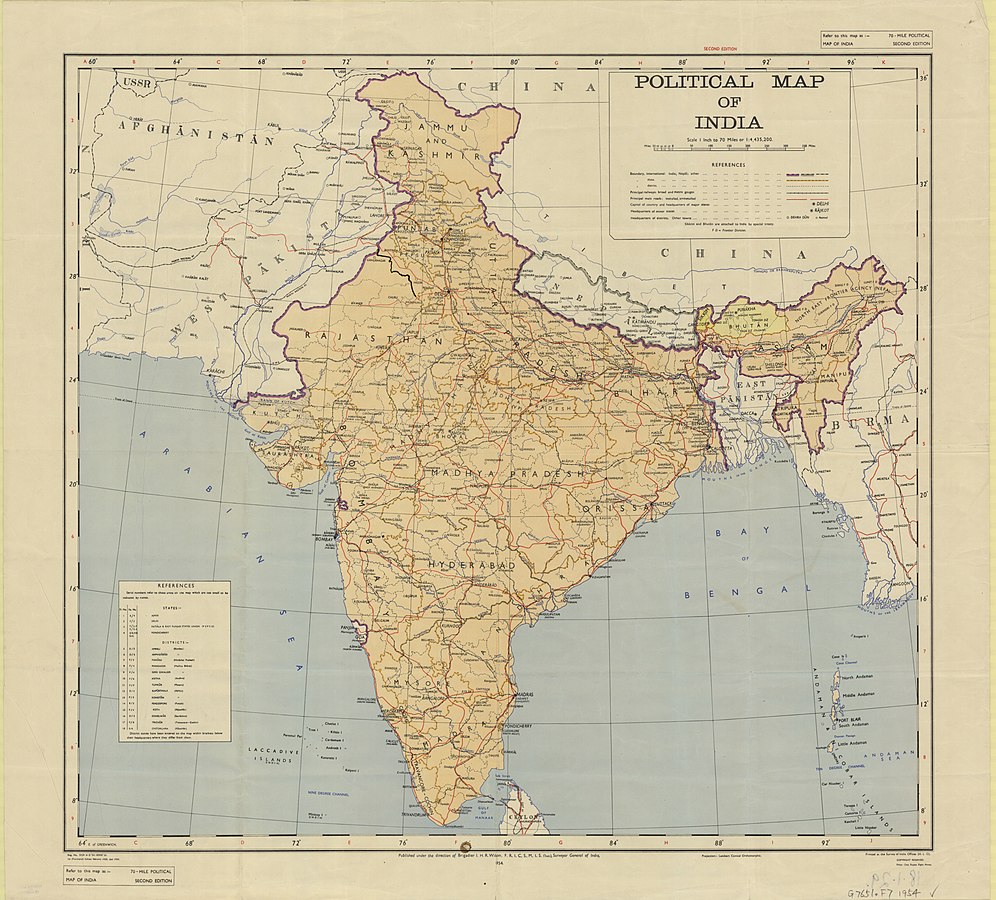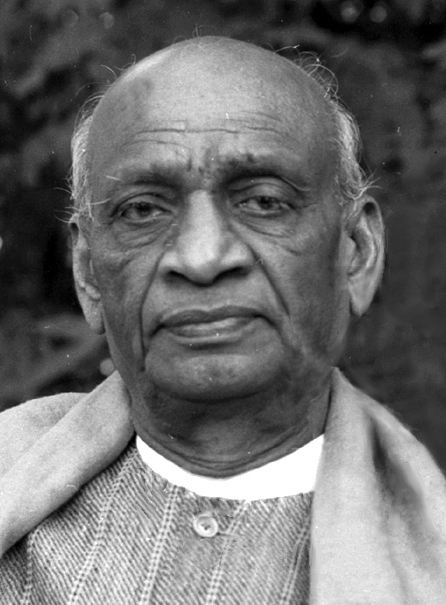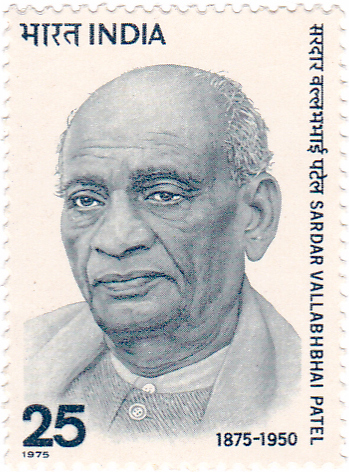
A country that was once referred to as the land of snake charmers and artisans has come a long way. You must have read about the struggles, the sacrifices, the policies, the rules, and most importantly, the leaders who moulded India in the way we all know it today. It is hard to find a country that stands united in diversity. It is just a matter of fact that in India, by travelling just a few kilometres, the lingo changes, the cuisine changes, and the culture changes.
If we quickly recall our history lessons on post-Independence India, we would remember the crucial challenge of uniting the many princely and independent states to form our union. The reorganisation of the map of India and the assurance that our diversity would be our strength was made possible by non-other than Sardar Vallabhbhai Patel. You may know him better as the Iron Man (not the Marvel one) of India.
All our political leaders dreamed of a united India, which was rightfully executed and planned by Sardar Vallabhbhai Patel—a man who was influenced by Mahatma Gandhi but not afraid of diverging from Gandhi’s ideals and morals when it came to India’s immediate political, economic, and social problems. While not a revolutionary, Patel did emphasise the fact that India needed to be self-reliant and self-confident.

Patel’s method of bringing the many states together was more cooperative than coercive. This was one of the major reasons we were able to attain a peaceful integration and political unification. Back then, the princely states covered 48% of pre-independent India with 28% of the population residing here, in complete subordination to the British crown. With the imperative to structure the India of the future, these 562 princely states with 500-odd chiefdoms needed to accede to India before the day of Independence, a challenge Sardar Vallabhbhai Patel took upon himself.
As Sardar Vallabhbhai Patel was determined to form the union of states, he and his fellow committee members used every technique they had in their bag. They paid a small amount in the form of a privy purse to ensure a bloodless revolution. However, even after introducing the privy purse, some of the states acceded to India without any compensation, and by August 15, 1947, we were in close proximity to achieving the goal of a united India. Now you must be wondering what the privy purse is and how it helped? Privy purse was a method of payment that was given to the royal families so that they would agree to integrate their princely states with independent India. This also meant that they would lose all their ruling rights after integration. However, states such as Piploda and Junagarh, among others, delayed the signing of the Instrument of Accession. Another policy devised by Sardar Vallabhbhai Patel, this was a legal document introduced by the Government of India that needed to be signed by the princely states as consent of joining either India or (then) Pakistan. In addition, Sardar Vallabhbhai Patel integrated the Lakshadweep Island well in time to ensure that the coral beauty remained with India.
We must not forget that this was a time when differences, disputes, as well as divisions were on the rise, but through it all, Patel stood his ground and made the dream of the India he envisioned—with all its states—a reality. He was the one who said, “we have to shed mutual bickering, shed the difference of being high or low and develop a sense of equality…we have to live like the children of the same father.” Even though he was a man who hardly talked aloud, when he did, people would listen.
There is no doubt that Sardar Vallabhbhai Patel and his notion of the nation-state was unique, one custom-made to Indian requirements. For him, the concept of nation-states was limited to ‘national-unity’, which was unlike that of any other political leaders like Gandhi and others, who also thought about modernity. He was right when he said, “by common endeavour we can raise the country to a new greatness, while a lack of unity will expose us to fresh calamities.”
The process of unification is not as simple as it seems. It’s as impossible a task as collecting an ocean in a bowl. These princely states and British provinces had their own political, economic, as well as social arrangements. Simply asking them to sign a treaty that would mean they would have to forego all their existing ties and start afresh might seem like a lot to take in, right?

Do you think if we didn’t have Sardar Vallabhbhai Patel, the reorganisation committee and the Instrument of accession, Indian federalism would have taken a different course? What if his endeavour failed? There are so many ‘what ifs’ to ponder about that could have changed the past and consequently, the present India. Would we have had a federal structure in place? Would we be a democratic country?
To provide you with the answers to these crucial ‘what ifs’, let us imagine that we might have turned into a dictatorship. Most importantly, our map of India wouldn’t have been the same. You can also imagine the extent to which we might not have formulated a government. Just think about it once and you can weave your own precarious ‘might have been’ scenarios for India.
Ritika is a museum enthusiast and likes to explore the diverse arts, culture and heritage of India. Living in a country which has been the storehouse of history in its every nook and crannies, it becomes really difficult for her to remain aloof from it for long. She believes that the community needs to know about this and this is what she is striving to achieve.


